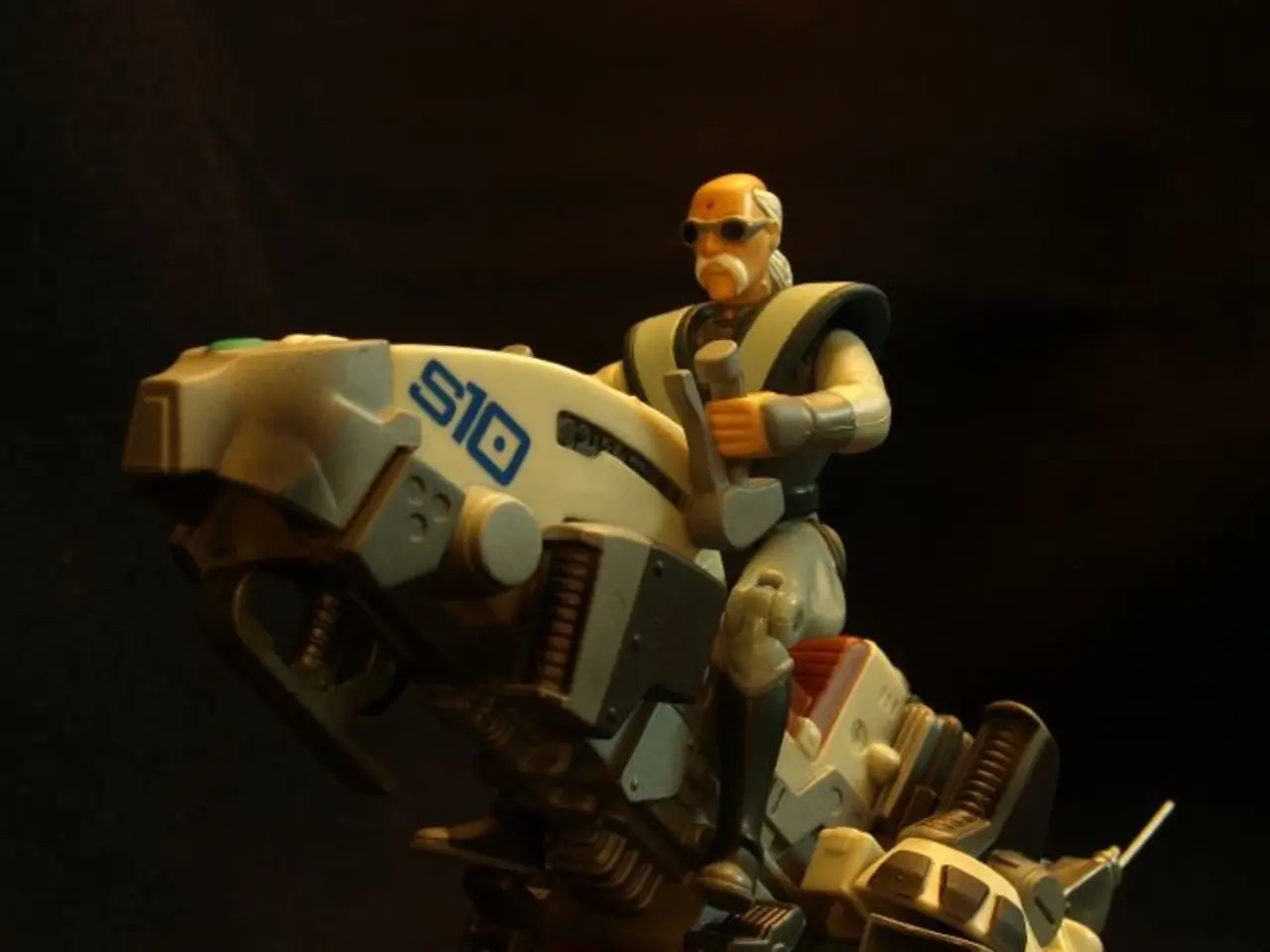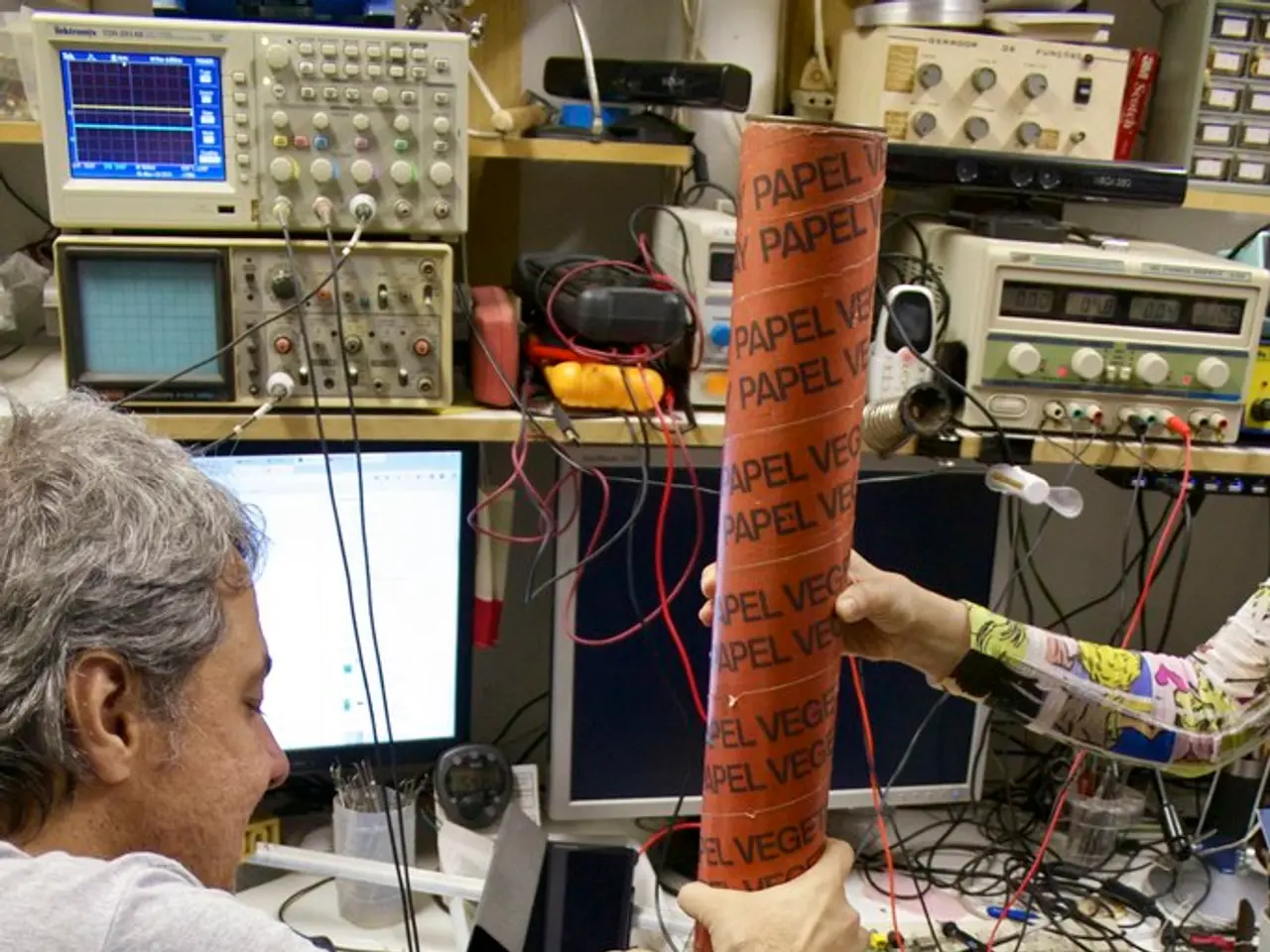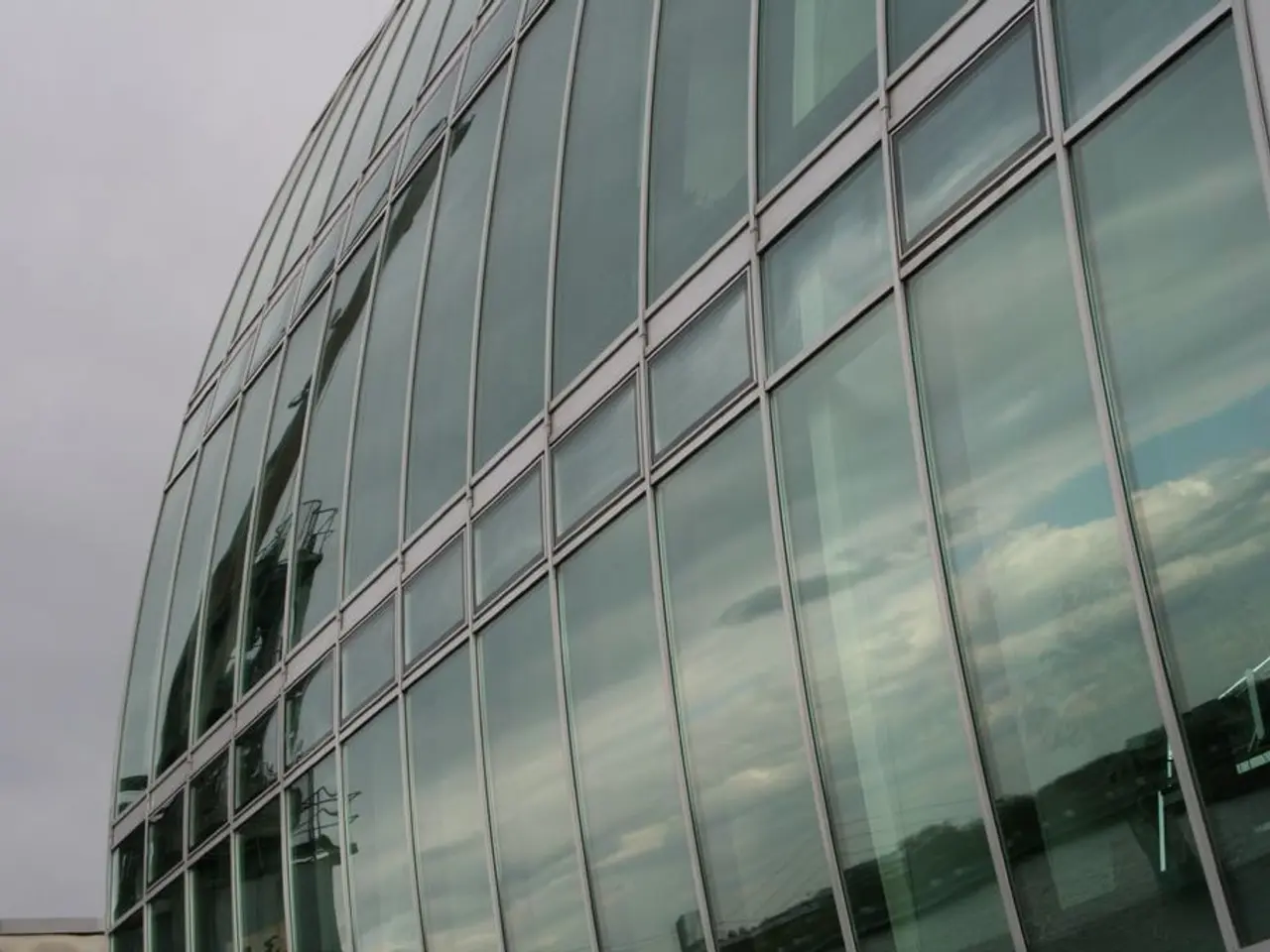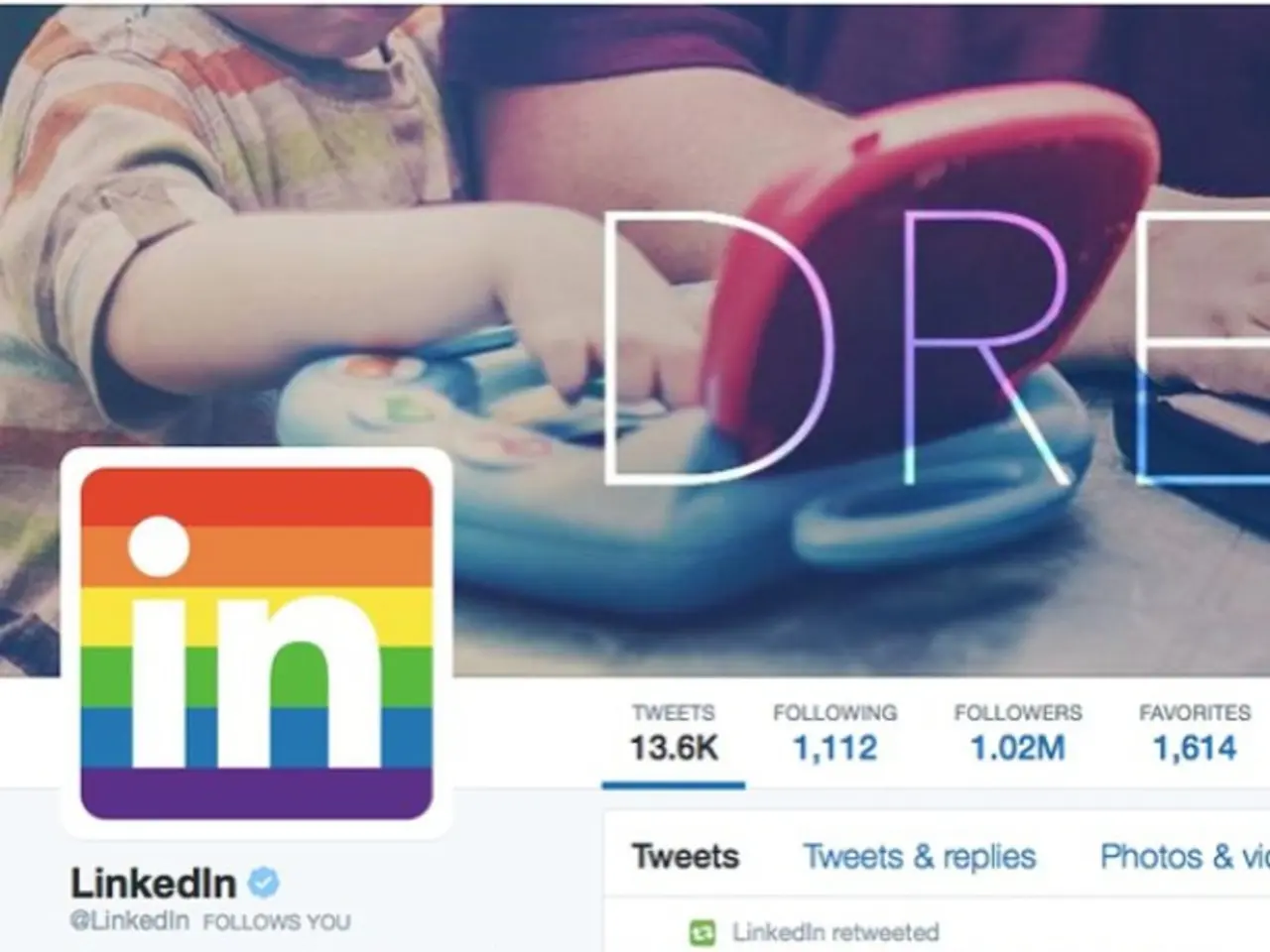Tesla Anticipated to Achieve Q2 2025 Sales of $22.5 Billion and Profit of $1.2 Billion
Tesla Shifts Focus Towards AI, Robotics, and Autonomous Mobility
In a significant move, Tesla, the renowned electric vehicle (EV) and renewable energy company, is transitioning its core focus towards becoming a leading player in artificial intelligence (AI), robotics, and autonomous mobility services. This transformation aims to leverage the company's technology and manufacturing expertise to develop humanoid robots, robotaxis, and advanced AI-driven automation systems [1][2][3].
Humanoid Robotics (Optimus Gen 3)
At the heart of this transition is the development of a third-generation humanoid robot, Optimus. Designed for applications in logistics, healthcare, and manufacturing, Optimus promises multimodal sensor fusion and multiple degrees of freedom to perform complex tasks. However, production delays have seen only hundreds built in 2025, compared to the targeted 5,000. Tesla plans to start large-scale deployment with internal use in Tesla factories [1][2].
Robotaxi Project
Tesla is piloting a fully autonomous ride-hailing service in Austin, Texas. This initiative integrates Tesla’s full-stack hardware, software, and energy infrastructure to dominate a projected $75 billion autonomous mobility market by 2030. The robotaxi service will use a pricing model to generate recurring revenue, although regulatory hurdles, especially in California and Europe, remain a challenge [1][3][4].
Strategic Investments
Reflecting a long-term commitment to this pivot, Tesla invested $4.54 billion into AI and robotics research and development in 2024. Financially, Tesla reports some near-term revenue and margin pressure from the EV market commoditization but maintains a strong cash position ($36.8 billion at Q2 2025) to fund these initiatives [1][3].
Technological Advantages
Tesla’s strengths include its Dojo supercomputer for AI training using extensive real-world driving data, custom AI inference chips, energy management capabilities, mass production experience, and the ability to deliver over-the-air software updates—critical for scaling robotics and AI systems efficiently [2].
Q2 2025 Performance
In Q2 2025, Tesla produced a total of 410,244 electric vehicles and delivered 384,122. The majority of production and deliveries were accounted for by the mid-range models, Model 3 and Model Y, with 396,835 and 373,728 units respectively. The premium models, Model S, Model X, Cybertruck, and Semi truck, saw production of 13,409 units and deliveries of 10,394 units [5].
Financial Performance
Net income for Tesla in Q2 2025 was $1.2 billion, a 16% decrease from Q2 2024. Tesla reported revenue of approximately $22.5 billion in Q2 2025, a 12% decrease from the same quarter in the previous year. The operating margin was 4.1%, down from 6.3% in the same quarter last year. Tesla earned $439 million from selling regulatory credits in Q2 2025 [5].
Future Plans
Tesla's priorities include providing affordable and autonomous-capable models, growing the energy business, and advancing robotics efforts. The Semi truck and Cybertruck are expected to enter volume production in 2026. Tesla's autonomous software continues to make rapid progress. Despite macroeconomic uncertainties and challenges posed by tariffs, tax policy changes, and political sentiment, Tesla intends to continue investing, particularly in research and development [6].
Sources: [1] https://www.tesla.com/investor/news/2025-q2-motors-inc-shareholder-letter [2] https://www.tesla.com/ai [3] https://www.tesla.com/robotaxi [4] https://www.tesla.com/optimus [5] https://www.tesla.com/news/2025-q2-vehicle-production-deliveries [6] https://www.tesla.com/news/2025-q2-earnings-call-transcript
- The transition towards AI, robotics, and autonomous mobility services by Tesla extends to the automotive sector, as they plan to use the technology developed for self-driving cars to create advanced AI-driven automation systems.
- Tesla's focus on robotics also encompasses the transportation industry, as the company aims to deploy large-scale use of a third-generation humanoid robot, Optimus, in Tesla factories for logistics, healthcare, and manufacturing applications.
- To secure a leading position in the finance sector, Tesla invested heavily in AI and robotics research and development, spending $4.54 billion in 2024, with plans to continue these investments in the face of macroeconomic uncertainties and challenges.




